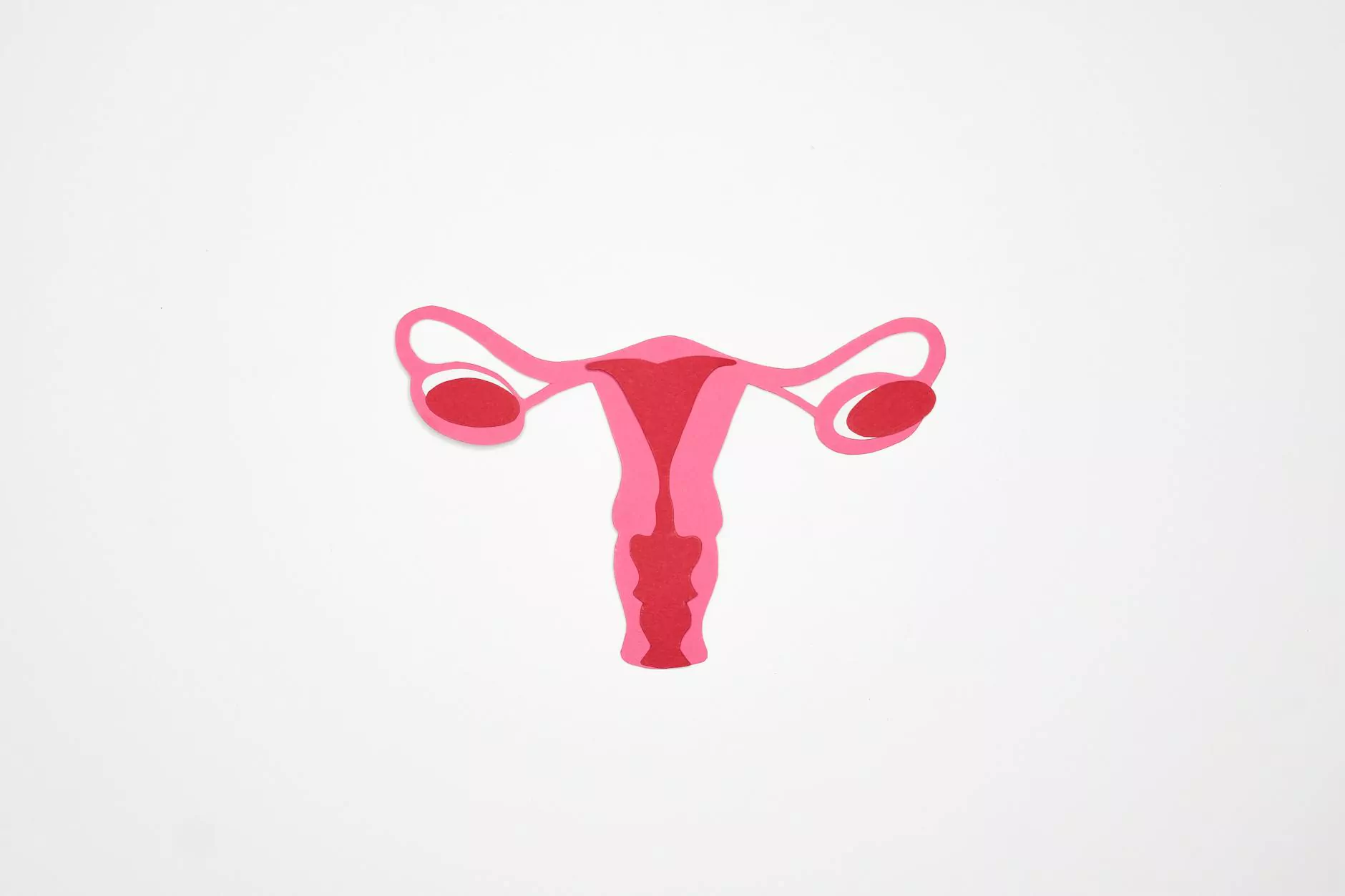Dry Eye Symptoms Worsen in Winter: Here's What To Do

Introduction
As the winter season approaches, many individuals experience worsened symptoms of dry eyes. Dry eye syndrome occurs when there is a lack of moisture and lubrication on the surface of the eye, leading to discomfort, irritation, and sometimes vision disturbances. At Bay Regional Medical Center, we understand the impact of dry eyes on your daily life and aim to provide you with comprehensive information and effective strategies to alleviate dry eye symptoms during the colder months.
Understanding Dry Eye Syndrome
Dry eye syndrome is a common condition that affects millions of people worldwide. It occurs when the eyes do not produce enough tears or when the tears evaporate too quickly. This can be exacerbated during the winter season due to several factors, including:
- Low humidity: Cold winter air tends to be dryer, leading to increased evaporation of tears and worsening dry eye symptoms.
- Indoor heating: Artificial heating systems can reduce indoor humidity levels, further contributing to dryness of the eyes.
- Wind and cold air: Exposure to cold, gusty winds can cause tears to evaporate more quickly, leaving the eyes more vulnerable to dryness.
It is important to understand the signs and symptoms of dry eyes, especially during the winter season, to determine the appropriate steps for managing and relieving discomfort.
Signs and Symptoms of Dry Eyes
Dry eye symptoms can vary from person to person, but common signs include:
- Eye redness
- Burning or stinging sensations
- Itchy or irritated eyes
- Feeling of grittiness or foreign body sensation in the eyes
- Blurred or fluctuating vision
- Excessive tearing (paradoxical response to dryness)
- Sensitivity to light
If you experience any of these symptoms, it is important to seek professional advice to address the underlying causes and find effective solutions.
Managing Dry Eye Symptoms During Winter
1. Hydration
Staying hydrated is crucial for overall eye health, especially during winter when the air tends to be drier. Drink plenty of water to maintain adequate moisture levels throughout your body, which can help alleviate dry eye symptoms.
2. Use a Humidifier
Adding moisture to the air with a humidifier can help combat the dryness caused by indoor heating systems. Place a humidifier in your bedroom or office to increase humidity levels and reduce eye discomfort.
3. Avoid Direct Heat
Direct exposure to heat sources like heaters or car vents can worsen dry eyes. When using heating systems, try to redirect the warm air away from your face or use a barrier, such as a scarf, to protect your eyes from direct heat.
4. Protect Your Eyes
Wear protective eyewear, such as wraparound sunglasses, to shield your eyes from cold winds and reduce tear evaporation. Additionally, consider using a lubricating eye ointment or artificial tears recommended by your eye care professional to keep your eyes moist and comfortable.
5. Follow the 20-20-20 Rule
During extended periods of screen time, take breaks every 20 minutes to look at an object approximately 20 feet away for at least 20 seconds. This can help reduce eye strain and dryness often associated with digital device use.
6. Consult an Eye Care Professional
If your dry eye symptoms persist or worsen despite self-care measures, it is important to consult an eye care professional at Bay Regional Medical Center. They can evaluate your condition, identify underlying causes, and recommend customized treatment options tailored to your specific needs.
Conclusion
Dry eye symptoms can be particularly troublesome during the winter months. By understanding the causes and implementing proactive measures, you can effectively manage and alleviate dry eye symptoms. For expert advice and personalized care, trust Bay Regional Medical Center to provide comprehensive solutions to your dry eye concerns. Take proactive steps today to enjoy long-lasting relief and improved eye health throughout the winter season.










